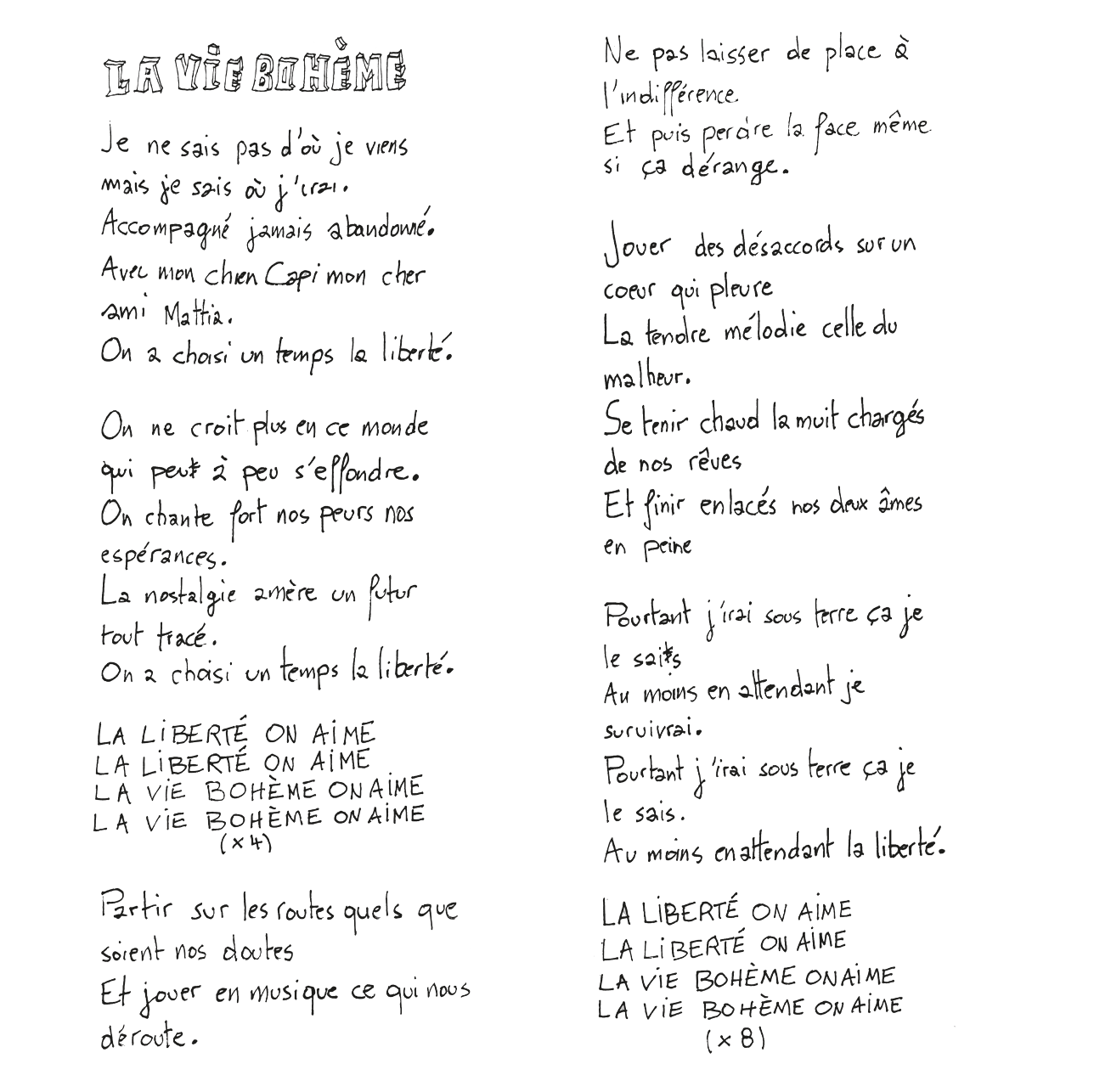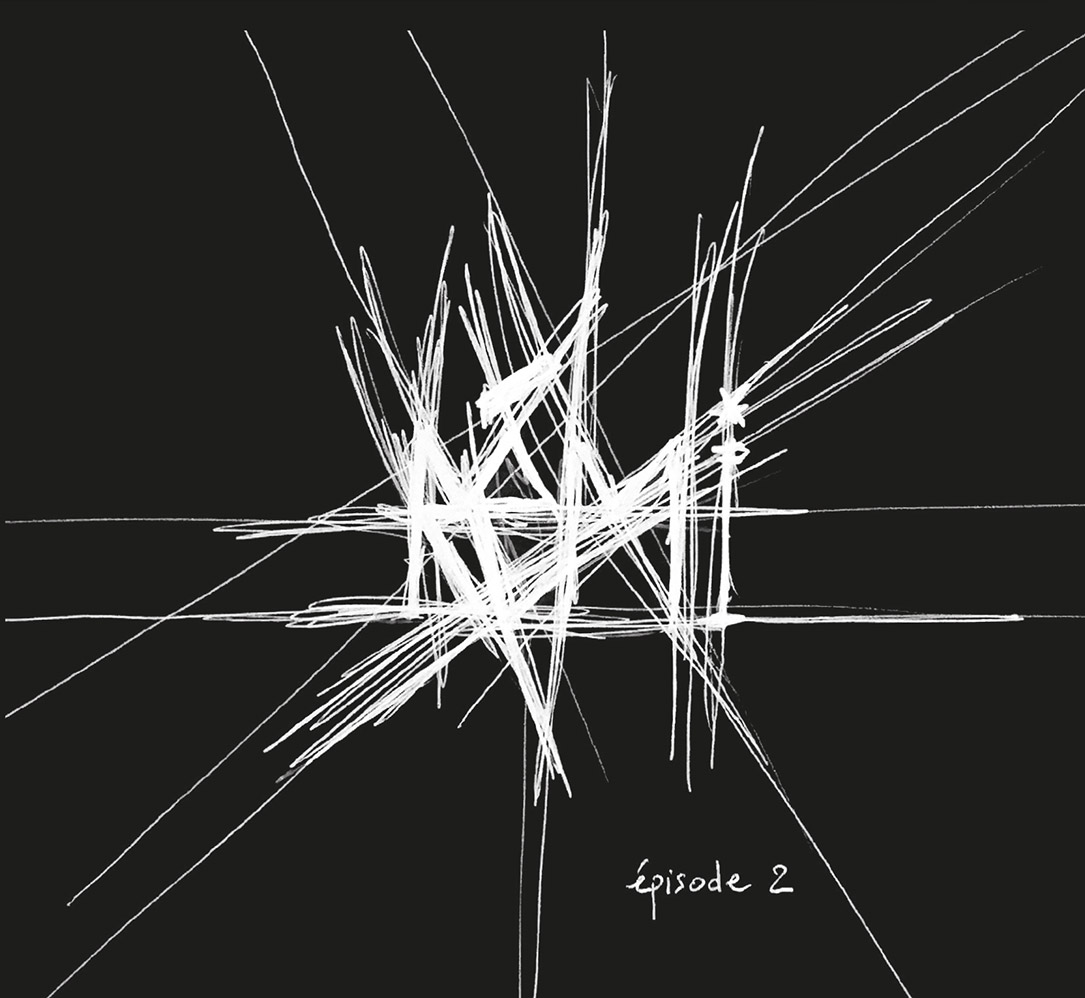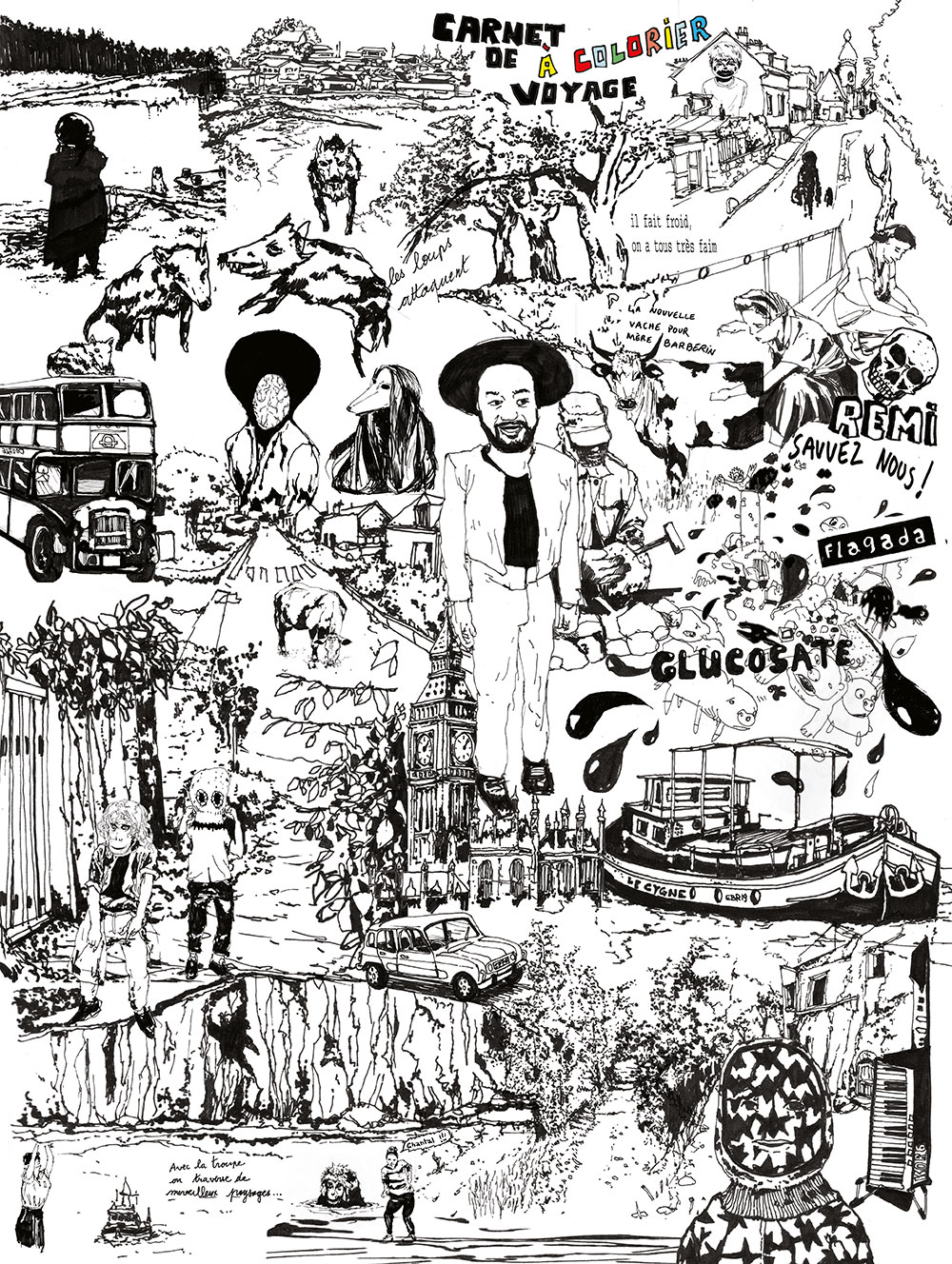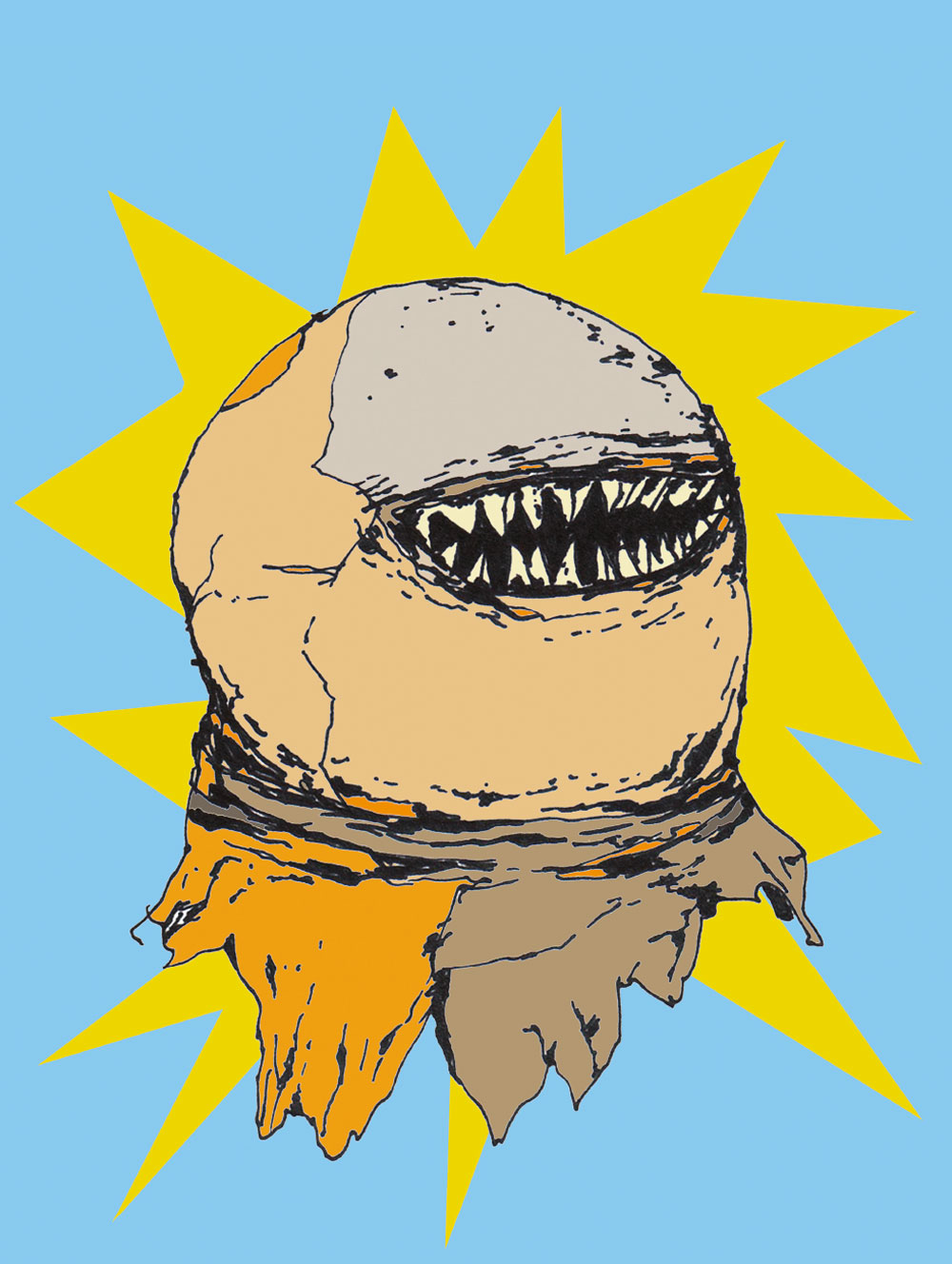REMI, audio fiction
(55 minutes)
All audiences from 8 years old
From the novel Sans famille by Hector Malot
Conception and direction Jonathan Capdevielle
CAST
CONCEPTION AND DIRECTION
Jonathan Capdevielle
ADAPTATION
Alexandre Lenot
IN COLLABORATION WITH
Laure Egoroff and Jonathan Capdevielle
ORIGINAL MUSIC
Arthur B. Gillette
SOUND REALIZATION
Laure Egoroff
SOUND OPERATOR
Mathieu Farnarier
MIX Djai
SOUND EFFECTS Elodie Fiat
MASTERING Pierre Luzy – Music Unit
PERFORMERS
Jonathan Capdevielle, Dimitri Doré, Jonathan Drillet, Arthur B. Gillette, Michèle Gurtner, Anne Steffens
POSTER
Etienne Bideau Rey
COVER ILLUSTRATION
Jonathan Drillet
DIRECTION OF PRODUCTION
Fabrik Cassiopée – Manon Crochemore, Manon Joly et Isabelle Morel
IN COLLABORATION WITH
Air Rytmo – Maé Zamora
RECORDING STUDIOS
Music Unit (Montreuil), Creative Sound (Paris) et La Puce à l’oreille (Montreuil)
PRODUCTION
Coproduction Air Rytmo & Association Poppydog
With the support of SPPF, FCM and SACEM
Gallery : © Etienne Bideau Rey, Jonathan Drillet
Background visual : © Arthur B. Gillette, Design : Grégoire Gitton
A two-episode project.
The idea is to bring to the public Remi’s adventure in two episodes, through two different adaptation methods. A first episode onstage leads to a second one as an audio fiction. The audio fiction is given to each audience member as a CD and an illustrated poster (and a download card for those who do not possess a CD player).
The main point of interest for us in the process is the fact that the show goes on with the children into their home, that it continues in the intimacy of their home or in another space to be imagined. We think that the audio fiction is the ideal tool to stimulate the imagination. The goal is to push some boundaries related to the stage and to explore other spaces through sound, to enable the numerous characters to emerge and to create a sensory adventure.
To support the transition from stage to audio fiction, we thought necessary to accustom the spectator’s ear during the first episode, by focusing on the gradual vanishing of the characters’ bodies on stage, a vacant space that enables the voice and music to become the only means of representation. Using the surround system placed in the room, the sound gradually puts the audience member in the middle of an acoustic sensation thus creating a transition from image to sound.
Jonathan Capdevielle




